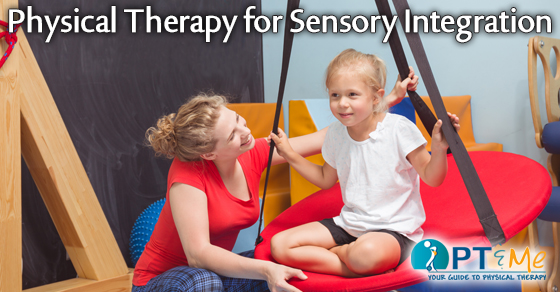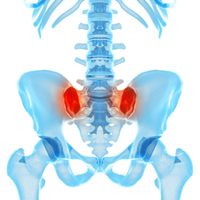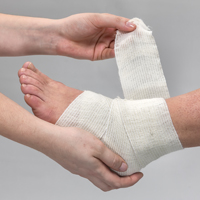
What Is Sensory Integration?
It is the organization of our senses for use. Our senses include vision, auditory, tactile, olfactory, gustatory, vestibular, and proprioception. Our senses give us information about physical aspects of our body and the environment around us. This is a higher functioning process that takes place inside the brain. The brain is responsible for organizing all sensations to assist us in learning and behaving normally. When your sensory system is functioning appropriately we can form perceptions, manifest appropriate behaviors, and learn without complications. When your sensory system is not functioning appropriately, everything seems to be disorganized and chaotic.
What is Sensory Processing?
The brains ability to receive, organize, and efficiently use information provided to us from all the senses. This means taking information in the environment, organizing it within the central nervous system, and peripheral nervous system resulting in a motor response.
What is Sensory Processing Disorder (SPD)?
Sensory Processing Disorder (also known as SPD), is when the central nervous system is not processing correctly.
There are 3 types of SPD:
1.) Sensory Modulation Disorder
2.) Sensory Discrimination Disorder
3.) Sensory Based Motor Disorder

Sensory Integration Program Goals:
- Increase Sensory Processing
- Increase Self Regulation
- Increase Self Esteem
- Increase Learning Ability
- Increase Social Skills
- Increase Gross/Fine Motor Skills
- Increase Motor Planning
- Increase Coordination
- Increase Socialization
- Increase Coping Skills
- Increase Visual
- Motor/Perception
AND HAVE FUN!
This information was written by ProCare Physical Therapy, an outpatient physical therapy group with 11 locations in Pennsylvania. ProCare physical therapists select only appropriate tests to evaluate and quantitatively measure the patient’s problem. Then, in consultation with the referring physician, an appropriate rehabilitation plan is developed. For more information click here.





